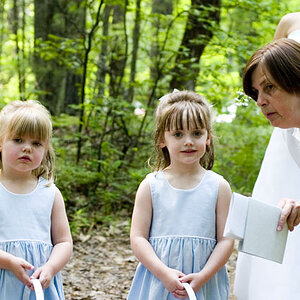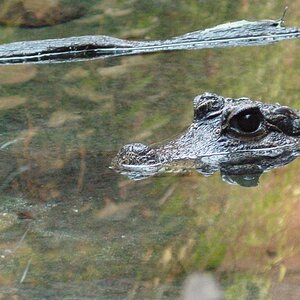astroskeptic
TPF Noob!
- Joined
- Nov 12, 2008
- Messages
- 104
- Reaction score
- 0
I'd like to know what you think of the following attempt. I wanted to do something appealing in B/W so I played with converting a color daytime desert shot in PS when I noticed that I could easily make the sky pitch black. I then thought, "hmmm ... a few starts might go nicely" and I blended in a few layers of star fields I had (actually, just one layer that I duplicated and warped to increase star density). I realize the stars are a little blurry but other than that, I think the result is kinda cool. What do you think?
Arizona Moonscape
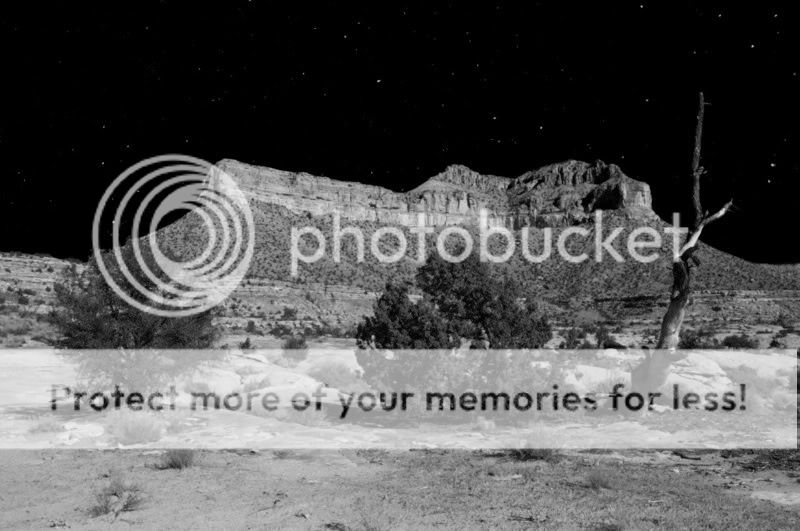
Arizona Moonscape




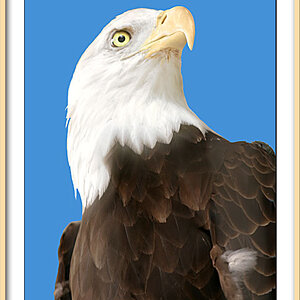
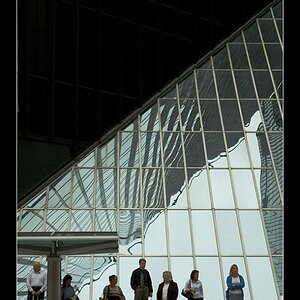
![[No title]](/data/xfmg/thumbnail/36/36669-32e6602a9741e9fefddbc9dc04bc8e8f.jpg?1619737676)

![[No title]](/data/xfmg/thumbnail/37/37535-0e9dcff8bc21e85b84fa89af160ac8d5.jpg?1619738132)
